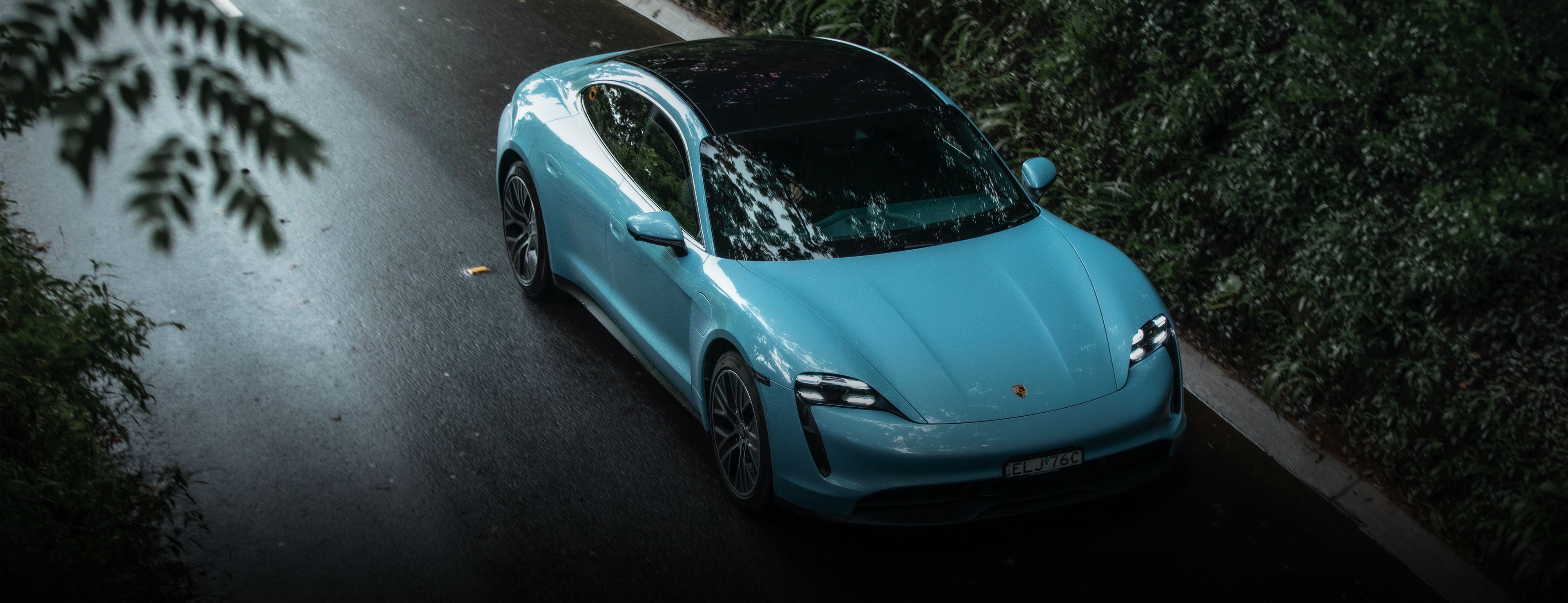E-Performance Magazine.
Join us in the cockpit: experience our vision of the sports car of the future. And discover fascinating background reports, exclusive interviews and trends, as well as developments regarding electric mobility, in the
Lifestyle
Journey to the Land of Giant Trees
Products
Room for Adventure
Lifestyle
Ice and Desert
Lifestyle
Sunday Drives: Australia
Lifestyle
Norway: a country electrified
Products
Products
The Taycan updated: more range, more connectivity, more colours
BASF and Porsche partner to develop high-performing lithium-ion batteries for electric vehicles
Products
Products
Longer range and more intelligent energy recuperation
Lifestyle
Touring Germany: Hours of Tranquillity
Lifestyle
Meet the all-electric Porsche :
Lifestyle
An Electrifying City
Lifestyle
Hunter of the moment. Completely relaxed when energised.
Lifestyle
Lifestyle
Star Wars x Porsche
Products
Fast-Forward
Lifestyle
Aksel Lund Svindal and the new Taycan .
Products
The proportions of the Taycan are unique
Assembly
Engine Plant
Products
Driving modes
Discover more about Porsche E-Performance .
Discover more about








